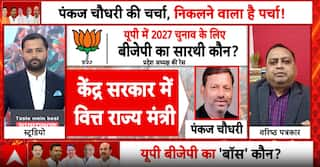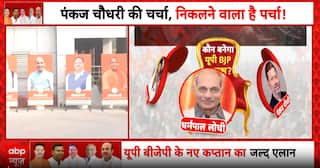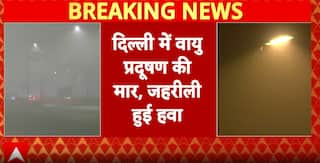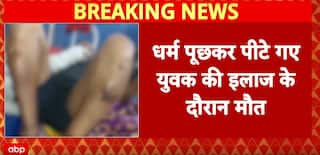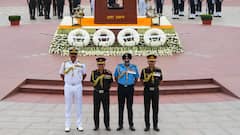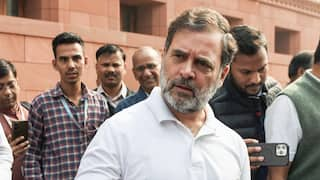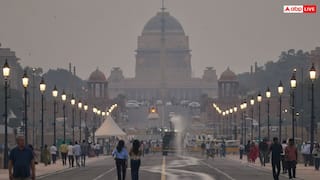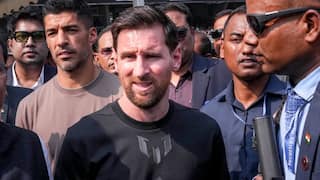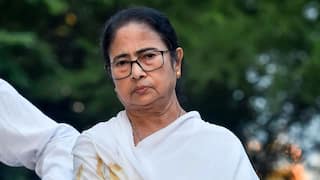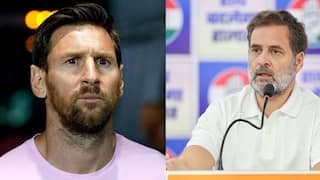Explorer
Payback time for Congress
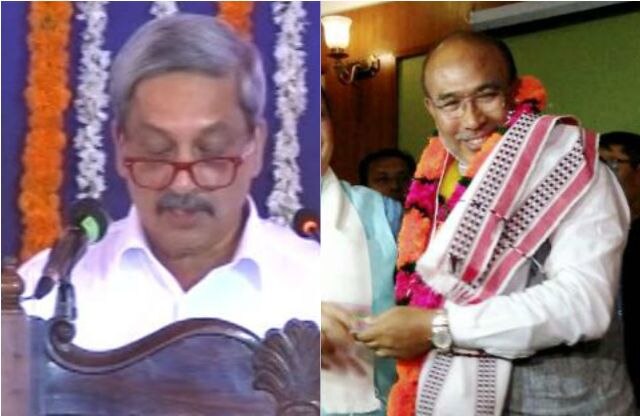
BJP leaders Manohar Parrikar (L) and Biren Singh (R).
NEW DELHI: The Congress may have described the BJP's move to form governments in Goa and Manipur as a "murder of democracy" but a 1998 observation by then President K.R. Narayanan and the party's own track record of "engineering majority" speak otherwise. In March 1998, the Atal Bihari Vajpayee-led NDA had emerged as the single-largest entity with 240 MPs in the Lok Sabha. But Narayanan, a former Congress minister, delayed Vajpayee's swearing-in as Prime Minister. In a communiqué issued on March 12, 1998, Narayanan said that when "no party or pre-election alliance of parties is in a clear majority, the head of State has, in India and elsewhere, given the first opportunity to the leader of the party or combination of parties that has won the largest number of seats". The Prime Minister "so appointed", Narayanan said, has to prove his majority on the floor of the House "within a stipulated period of time". He then went on to question the convention. "This procedure is not, however, an all-time formula because situations can arise when MPs not belonging to the single largest party or combination can, as a collective entity, outnumber the 'single largest' claimant," the communiqué added. Narayanan's predecessor Shankar Dayal Sharma had courted a controversy in 1996 when he invited the Vajpayee-led BJP, which had emerged as the single-largest party, to form the government at the Centre. Vajpayee had to resign 13 days later after the BJP failed to pass the majority test in the Lok Sabha. That controversy appears to have weighed on Narayanan's mind. It was only after Congress and United Front leaders decided not to stake claim or offer a viable alternative to a BJP-led government that Narayanan invited Vajpayee to take oath when Jayalalithaa faxed a letter of support, taking the NDA tally to 264 in the House of 539 MPs. Chandrababu Naidu's Telugu Desam Party, which had 12 MPs, also informed the President he would remain neutral, effectively reducing the strength of the House to 527 and bringing the majority mark down to 264 from 270. Going by the precedence set by Narayanan, governors Najma Heptulla (Manipur) and Mridula Sinha (Goa) appear to be within their constitutional right not to invite the Congress, the single-largest party but short of the majority mark in both states. The Congress cannot also crib about post-poll alliances. In September 1999, the Congress (75 MLAs) and the NCP (58), which had contested against each other in the Maharashtra Assembly polls that year, came together to edge out the Shiv Sena-BJP (125 MLAs), which had a pre-poll tie-up for the 288-member House. More recently, in the 2004 polls in Karnataka, the ruling Congress (65 MLAs) had been voted out and the BJP had emerged as the single-largest party with 79 seats in the 224-member House. But the party formed the government with the help of the JDS, which had 58 MLAs. The Congress criticism of the Narendra Modi-led BJP "engineering majority" in Manipur and Goa is a bit rich. In 1979, Bhajan Lal had won the Haryana Assembly polls as Janata Party chief minister with a razor-thin majority. When Indira Gandhi returned to power at the Centre in March 1980, Lal shepherded 40 Janata MLAs into the Congress camp. He was welcomed and rewarded by Indira who named him chief minister. During the Rajiv Gandhi era, Buta Singh, who used to function as the virtual No. 2 in the government, had a reputation as Rajiv's "axe man". Between 1985 and 1989, he toppled so many state governments that Rajiv once told him in jest: "Buta Singhji, ab aap kirpan andar rakhiye (Buta Singhji, now please sheath your kirpan)."
Follow Breaking News on ABP Live for more latest stories and trending topics. Watch breaking news and top headlines online on ABP News LIVE TV
Read more










